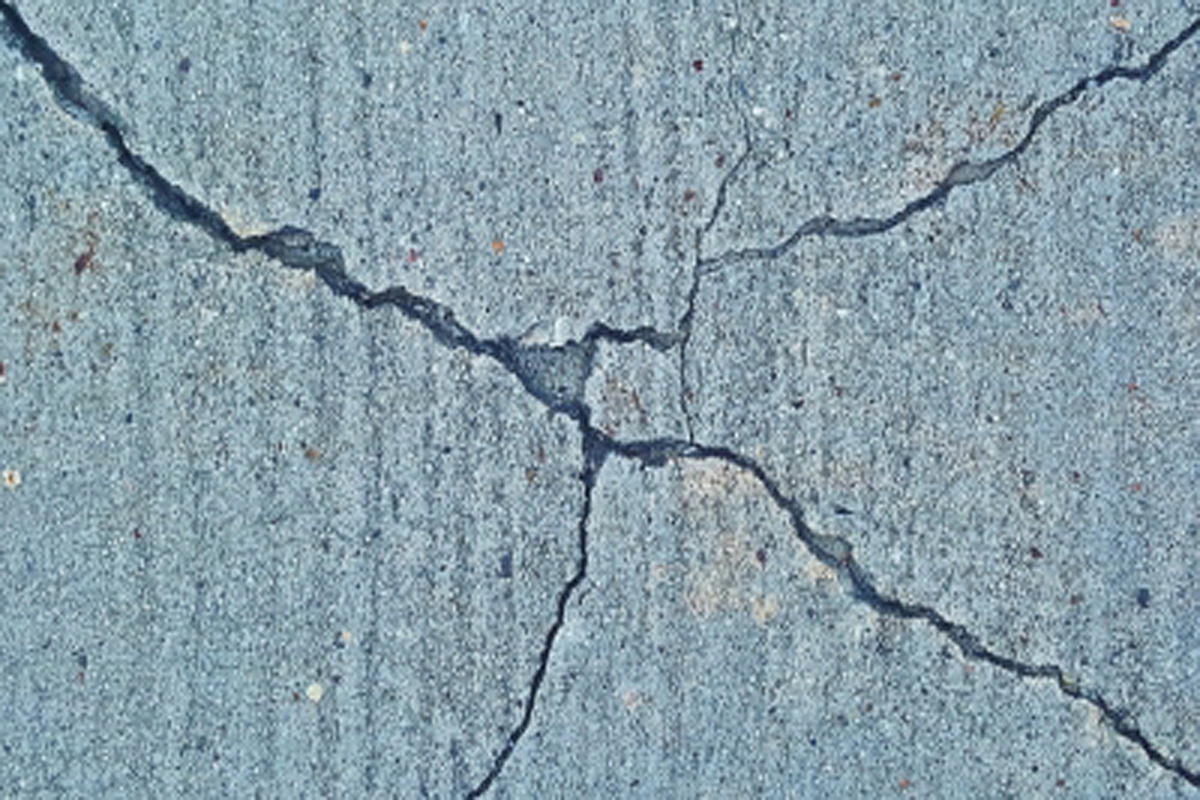At least six people reportedly died in the Doti District of Far-West Nepal after a magnitude 6.6 earthquake hit the area in the early hours of Wednesday.
Chief District Officer of Doti, Kalpana Shrestha informed ANI over the phone that five injured are being taken to the hospital. “Five injured are being taken to the hospital. Dozens of house has been damaged with landslides at various locations across the district,” she said.
Advertisement
As per the officials, among the deceased are one female and two children. However, the identities of casualties are yet to be ascertained
The Far-West region of Nepal in the last 24 hours witnessed three tremors- two earthquakes and one aftershock, the National Seismological Center (NSC) of Nepal stated. As per the data from NSC, the first quake of 5.7 magnitude was listed at 9:07 PM (Local Time) on Tuesday followed by another at 9:56 PM (Local Time) measuring 4.1 magnitudes.
“The third-strong jolt measuring 6.6 magnitude which struck at around 2:12 AM (Local Time) on Wednesday resulted in loss of three lives after a house collapsed. The deaths are reported from Gairagaun,” Ram Prasad Upadhyay, Chairman of Purbichauki Village Council-03 of Doti District told ANI over phone.
The tremors were also felt in India’s capital New Delhi and its surrounding areas.
Earlier on October 19, an earthquake of magnitude 5.1 shook Kathmandu. As per NCS, the earthquake arose 53 kilometres east of Kathmandu at around 2:52 pm. The depth of the earthquake was 10 km below the ground.
On July 31, an earthquake of magnitude 6.0 took place 147 km ESE of Kathmandu, Nepal at 8.13 am IST around Martim Birta of Khotang district, according to the National Earthquake Monitoring and Research Centre (NEMRC).
The depth of the epicentre was monitored at 10 km in eastern Nepal, determined to be at 27.14 degrees North latitude and 86.67 degrees east longitude.
The recent earthquakes in Nepal have caused exceptional damage to lives and property and have necessitated the demand for well-framed policy measures to manage such disasters.
It has been established that the Indian plate is getting subducted under the Eurasian plate at 5 cm a year. This is responsible for the formation and increasing height of young fold mountains of the Himalayas and also makes the region prone to earthquakes. Disasters like quakes can wreak havoc if preparedness is not ample.
(With Inputs from ANI)
